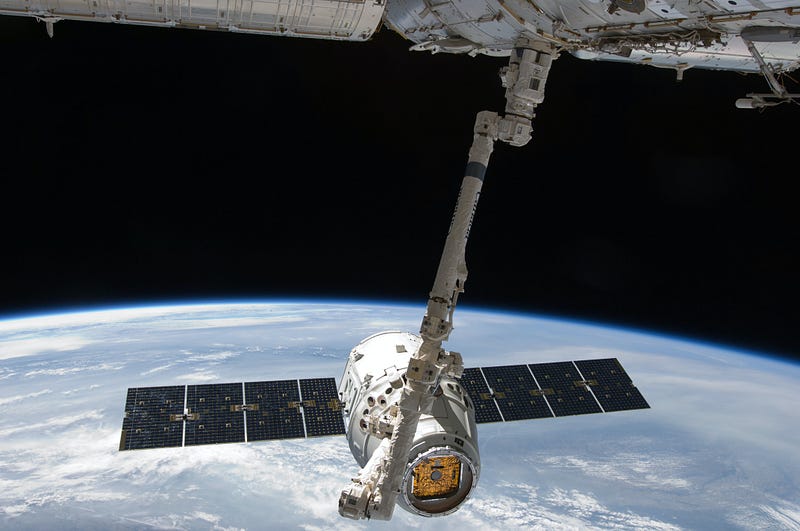Innovative Solutions for Watering Plants in Space Environments
Written on
Chapter 1: The Challenge of Watering Plants in Space
Watering plants in space presents unique difficulties due to the absence of gravity, which is essential for traditional plant growth. In microgravity, water does not behave as it does on Earth; instead, it forms floating droplets that can accumulate in unintended locations, posing risks to sensitive equipment and electronics.
“Watering plants in space is incredibly challenging.” — Gioia Massa, NASA plant scientist
Without gravity, the movement of water from roots to other parts of the plant is hindered, complicating nutrient absorption.
Section 1.1: Hydroponic and Aeroponic Innovations
To address these challenges, NASA researchers have created hydroponic systems tailored for zero-gravity environments. These systems replace soil with a nutrient-rich water solution that plants can effectively absorb. One method involves a wick system that draws water and nutrients from a reservoir to the roots, ensuring optimal moisture and nutrient levels. Additionally, aeroponics suspends plant roots in the air, applying a fine mist of nutrients directly to them.
“Hydroponics is ideal for space exploration because we can grow a lot of plants in a small volume of space and with reduced inputs like water and fertilizer.” — Gioia Massa, NASA plant scientist
Maintaining precise moisture and nutrient levels in these systems demands rigorous monitoring and environmental control, prompting NASA to develop specialized technologies for plant cultivation.
Subsection 1.1.1: Advanced Plant Habitat

One significant advancement is the Advanced Plant Habitat, which utilizes red and blue LED lights to facilitate growth and photosynthesis. This controlled chamber regulates temperature and humidity, delivering water through a series of nutrient systems.
“The more we learn about growing plants in space in a way that is similar to Earth, the more easily we can translate that to food crop growth and the challenges that come with it, like drought tolerance and disease tolerance.” — Gioia Massa, NASA plant scientist
As humanity prepares for potential missions to other planets, developing efficient crop growth methods is crucial. The technologies being explored by NASA and other space agencies not only promise advances in space agriculture but also hold significant implications for farming in regions with poor soil quality.
Section 1.2: The Future of Space Agriculture
Watering plants in space may be complex, but it is achievable with the right technologies. NASA's innovations in hydroponic and aeroponic systems, along with the Advanced Plant Habitat, are paving the way for sustainable agricultural practices beyond Earth's atmosphere.
This video, titled "How to Water Plants on the Space Station," explains the methods used for maintaining plant health in microgravity environments.
The second video, "#NASAatHome: Spaceport Series Episode 8: The Future of Plants in Space," discusses the ongoing research into growing plants in extraterrestrial settings.
If this exploration of space agriculture piqued your interest, consider checking out more of my writings for further insights!